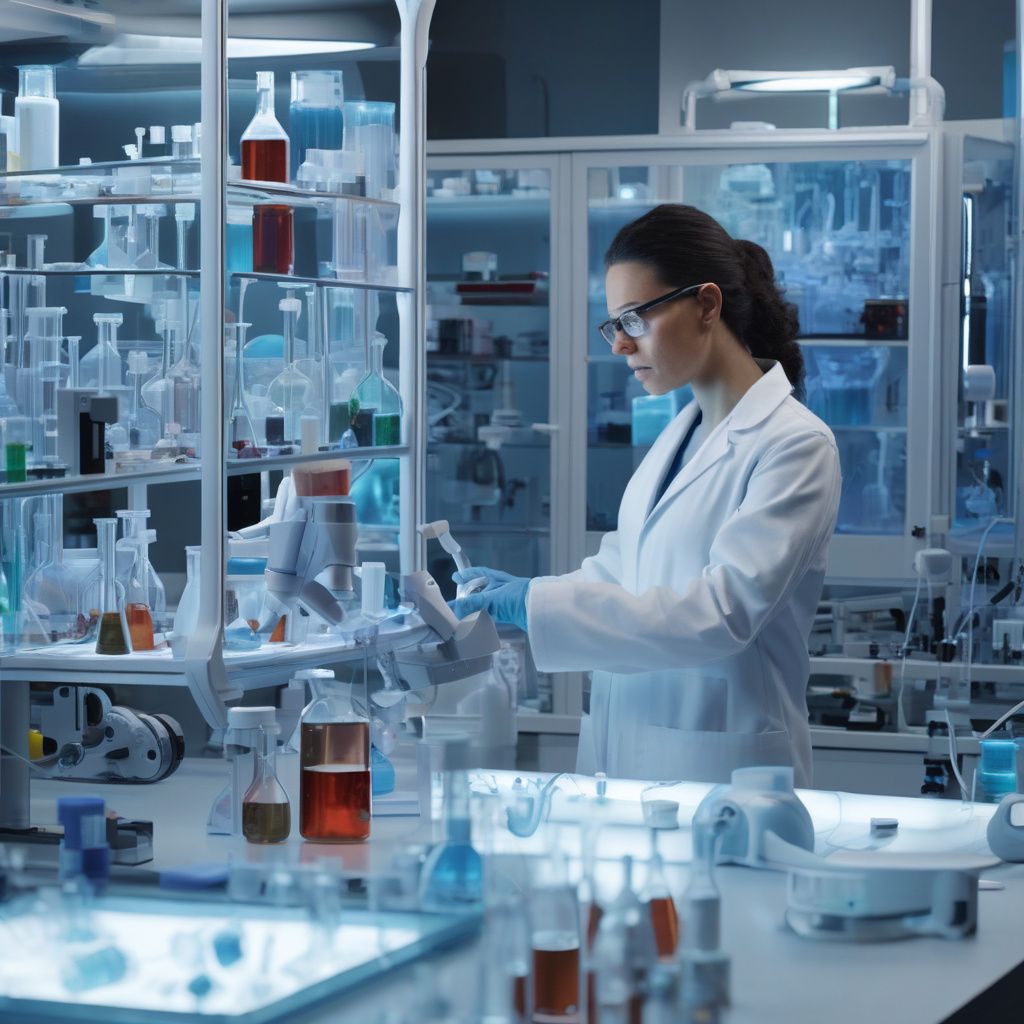In the ever-evolving realm of biotechnology, the integration of Artificial Intelligence (AI) has revolutionized protein design. AI algorithms now offer researchers powerful tools to predict and optimize protein structures with remarkable accuracy. This advancement has significantly streamlined the process of designing novel proteins for various applications, from drug development to industrial biocatalysis.
Enzymes, as nature’s biocatalysts, play a pivotal role in numerous biological processes and industrial applications. While AI has expedited the design of proteins with desired functionalities, creating enzymes remains a formidable challenge. The intricacies of enzyme mechanisms, often involving complex interactions between protein structures and substrates, pose a significant hurdle in the successful development of enzymes with tailored properties.
Despite AI’s prowess in predicting protein structures and functions, the dynamic nature of enzyme mechanisms adds a layer of complexity that computational models struggle to capture accurately. Enzyme catalysis involves a series of finely orchestrated steps, including substrate binding, chemical transformation, and product release, each requiring precise spatial and temporal coordination.
Moreover, the inherent variability in enzyme structures and the influence of environmental factors further compound the difficulty of designing enzymes with predictable behavior. While AI can expedite the initial stages of enzyme design by suggesting potential protein scaffolds and active site modifications, translating these predictions into functional enzymes that exhibit robust catalytic activity remains a formidable task.
The challenge lies not only in predicting the optimal enzyme structure but also in ensuring its stability, specificity, and efficiency under real-world conditions. Enzyme engineering demands a deep understanding of protein dynamics, substrate interactions, and reaction kinetics, aspects that often elude current AI algorithms due to the sheer complexity of biological systems.
To address these challenges, interdisciplinary approaches that combine AI-guided protein design with experimental validation hold immense promise. By leveraging AI to generate hypotheses and optimize enzyme candidates, researchers can expedite the discovery process and focus experimental efforts on the most promising candidates.
Furthermore, advancements in high-throughput screening techniques and protein engineering tools enable researchers to iterate rapidly through enzyme design cycles, refining candidate enzymes based on real-world performance data. This iterative approach, guided by AI insights, offers a synergistic blend of computational prediction and empirical validation, enhancing the efficiency and success rate of enzyme design efforts.
While AI has undoubtedly transformed the landscape of protein design, the complexity of enzyme mechanisms underscores the enduring challenges in creating functional biocatalysts. By embracing a hybrid approach that harnesses the predictive power of AI alongside experimental validation, researchers can navigate the intricacies of enzyme design more effectively, paving the way for the development of next-generation enzymes with tailored properties and enhanced catalytic functions.

